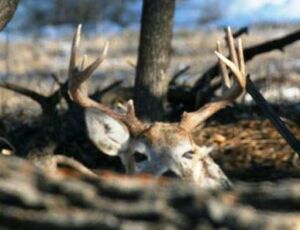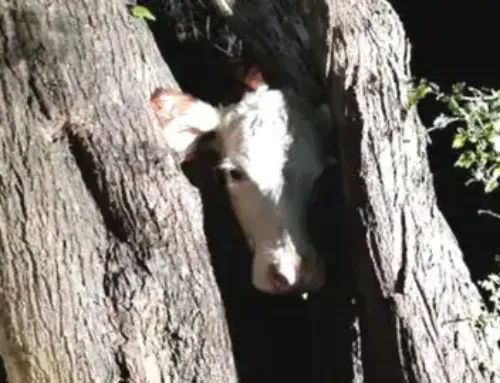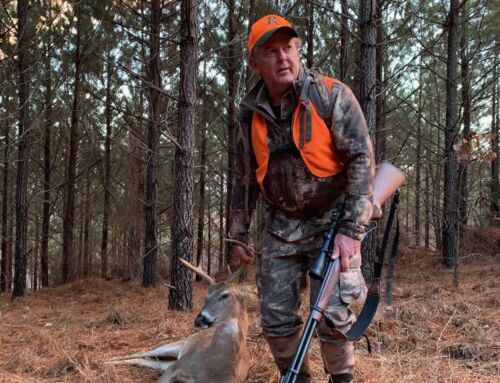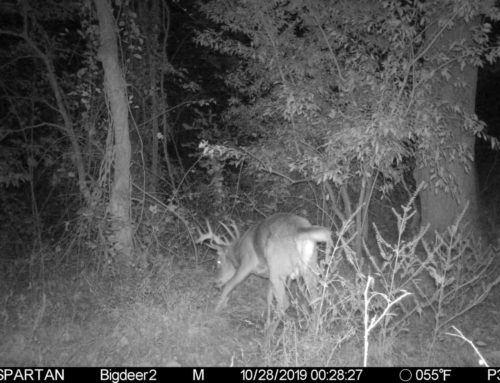 “Everybody needs a safe, comfortable place to sleep, even deer,” says Pennsylvania biologist Jeannine Fleegle, who contributes to the great Penn State University Deer-Forest blog.
“Everybody needs a safe, comfortable place to sleep, even deer,” says Pennsylvania biologist Jeannine Fleegle, who contributes to the great Penn State University Deer-Forest blog.
Penn State’s research shows that the best security cover is vegetation thick enough to hide 90% of a deer from observation at a distance of 200 feet or less. “That’s pretty thick,” Fleegle notes. “Saplings and shrubs do the job very well.”
Is that thicket 70 yards ahead of you dense enough to hide 90% of a bedded doe with a rut-crazed buck standing guard over her? Or shield a big buck that is rubbing or scraping? Think like that and look with binoculars that as you still-hunt or approach a blind.
Also, mature bucks use multiple bedding areas.
In the study, Understanding Buck Movement, scientists at the vaunted Mississippi State Deer Lab found that each day during hunting season, mature bucks use several different bedding and resting areas rather than one major sanctuary.
The MSU researchers tracked GPS-collared bucks and found that they visit and revisit distinct “focal areas” within a property with varying levels of regularity each day. While the biologists could not say exactly why bucks frequented different covers, they speculate, based on slow and concentrated movement data from the collars, that the deer were most likely bedding and resting in one spot before getting up and moving to the next focal area. (Probably slipping around to avoid hunting pressure, and possibly to keep tabs on more does, I speculate). Nearly all adult bucks in the study showed these repetitive movements, shifting security spots frequently. A whopping 74 percent of the bucks changed focal areas every 6–10 hours.
Expect the big buck you’re after to use several different resting/bedding sites rather than a single sanctuary. The researchers note that since the focal areas are scattered across a property, you can best take advantage of this science by setting stands to overlook funnels and travel corridors, like creek bottoms, brushy draws, timber strips and hogback ridges. Maximize time in those corridor stands to see bucks as they move from cover to cover. In the rut, some of that movement will be during daylight hours, which is prefect.





